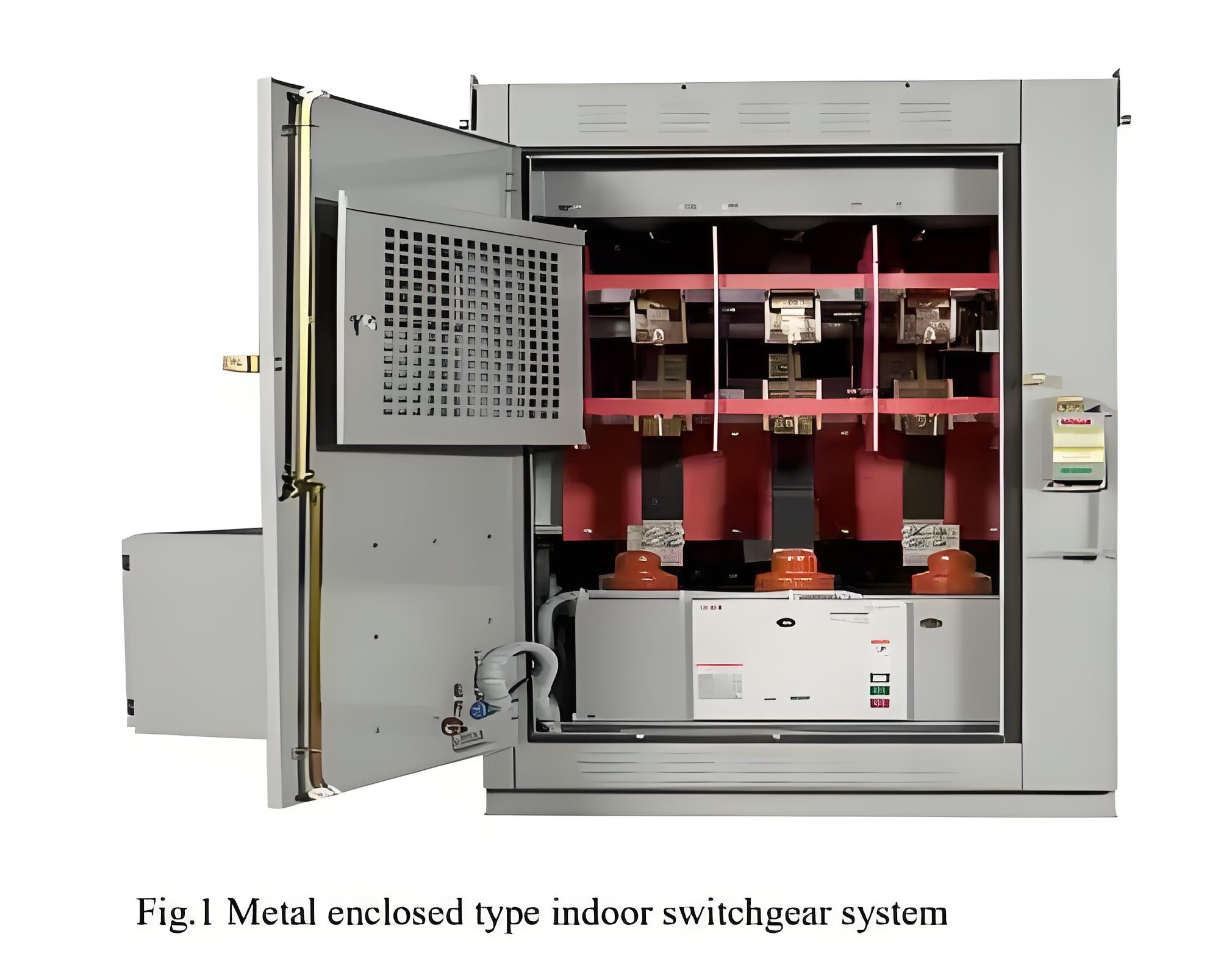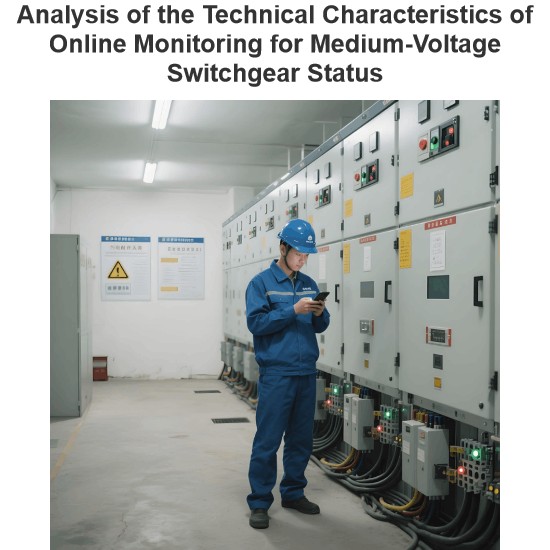What is Metal Enclosed Switchgear?
What is Metal Enclosed Switchgear?
Definition of Metal Enclosed Switchgear
Metal enclosed switchgear is a type of electrical equipment with a fully enclosed metal casing containing various electrical components for medium-voltage applications.
Purpose and Function
It is designed to provide protection, control, and isolation for electrical circuits and equipment.
Categories of Switchgear
Metal Enclosed Indoor Switchgear
Metal-enclosed indoor switchgear is designed for indoor installation in buildings or substations. It can be either vertical isolation and horizontal draw-out type or horizontal isolation and horizontal draw-out type. The former type has a vertical isolating unit that separates the circuit breaker from the bus bar when it is withdrawn from its service position. The latter type has a horizontal isolating unit that slides along with the circuit breaker when it is withdrawn from its service position.

Metal-enclosed indoor switchgear typically has a low-voltage chamber attached to the main gear housing that contains the metering and relay panel. The withdrawal portion with the circuit breaker has three positions: service, test, and isolated. The service position allows the circuit breaker to be connected to the bus bar and operate normally. The test position allows the circuit breaker to be tested without disconnecting it from the auxiliary circuit. The isolated position allows the circuit breaker to be disconnected from both the bus bar and the auxiliary circuit.
Gas Insulated Medium Voltage Switchgear
Gas-insulated medium voltage switchgear is a fixed type metal-enclosed design that uses sulfur hexafluoride (SF6) gas as an insulating medium. It does not have any withdrawal portion. It mainly has two compartments: the circuit breaker compartment and the bus bar compartment. The circuit breaker compartment contains three interrupters that are usually of vacuum type. The bus bar compartment contains a three-position switch that can connect the bus bar to either the service position, the isolated position, or the earthed position.
Metal Enclosed Outdoor Type Medium Voltage Switchgear
Metal enclosed outdoor type medium voltage switchgear is similar to metal enclosed indoor type medium voltage switchgear except for its external housing. The external housing is made of welded sheet steel with a slanting roof and rain shields. The housing is designed to withstand outdoor conditions such as weathering, UV radiation, humidity, temperature variations, etc. This type of design of medium voltage switchgear is not commonly used except for some special utilities such as city distribution networks with underground cable systems.
Unitized Power Centers
Unitized power centers are a type of metal-enclosed low voltage (600 V) distribution equipment that combines transformers (dry-type or liquid-filled), secondary main breakers (molded case or insulated case), feeder breakers (molded case), metering devices (current transformers), protective relays (electromechanical or solid-state), control wiring (terminal blocks), grounding devices (ground bars), etc., in one compact enclosure. Unitized power centers are designed for indoor or outdoor installation in commercial or industrial facilities where space is limited or where multiple services are required.
Advantages
It has a low initial cost compared to metal-clad switchgear, as it has simpler construction and installation requirements.
It has a low maintenance cost compared to metal-clad switchgear, as it does not require adjusting, programming, or dielectric testing of the switches and fuses.
It has high reliability and performance compared to other types of switchgear, as it uses fuses that offer faster clearing time and reduce system stress compared to circuit breakers.
It has a high customization potential compared to pre-engineered metal-enclosed switchgear, as it can be tailored to meet specific system or application needs.
Disadvantages and Comparison
It has a larger footprint compared to gas-insulated switchgear, as it requires more space for ventilation and clearance.
It has a lower arc-fault protection compared to metal-clad switchgear or gas-insulated switchgear, as it does not have arc-resistant enclosures or arc-extinguishing devices.
It has lower environmental protection compared to gas-insulated switchgear or outdoor-type switchgear, as it is more susceptible to corrosion, dust, moisture, and vermin.
The Electricity Encyclopedia is dedicated to accelerating the dissemination and application of electricity knowledge and adding impetus to the development and innovation of the electricity industry.













